When current President Donald Trump took office, he promised to build an “an impenetrable, physical, tall, powerful, beautiful, southern border wall.” The first part of this episode by Radio Diaries tells two stories of what happens when, instead of people crossing the border, the border crosses the people. Then, in part two of the show, Avery Trufelman takes a closer look at eight current designs that have been turned into prototypes near the border in California.
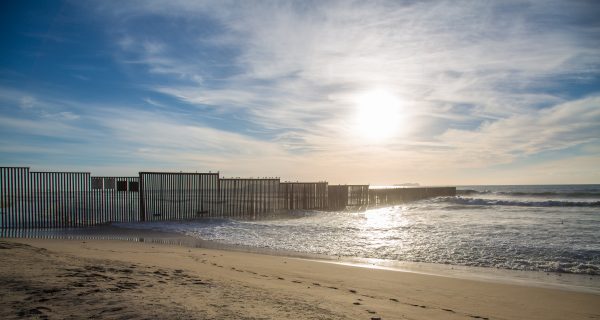
In 2006, President Bush signed a law to begin building an eighteen-foot-high fence along key parts of the border between the United States and Mexico. Today, sections of that fence cover about a third of the border. The idea is simple — putting a physical barrier along an invisible line — but the reality is a bit more complex.
In Brownsville, Texas, for instance, some American citizens living on the U.S. side of the actual border live in houses on the southern side of the border fence. If the fence followed the Rio Grande, it would be a winding affair, but a straight line is easier to build. And even trying to follow a river can been complicated at times, because rivers can move.
In 1864, the Rio Grande jumped its banks and moved south. Texas effectively gained roughly a square mile of land. It came to be called the Chamizal, and became a sticking point for international relations.
Above: buildings in the Chamizal. Below: President Johnson visiting Juarez, Mexico and shaking hands with Mexican President Gustavo Díaz Ordaz at the Chamizal Monument in 1967.
Eventually, the U.S. gave the land back, but some people had already made the area their home — they were forced to resettle. In the late 1960s, the U.S. and Mexico came together to create a cement-lined channel to control the river and stabilize the border.

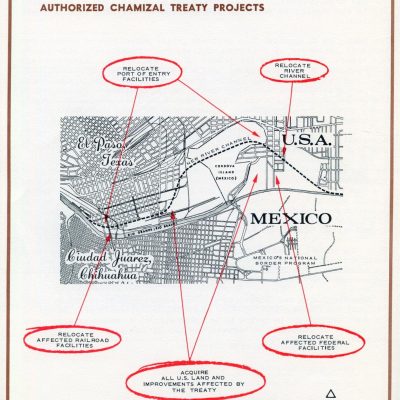

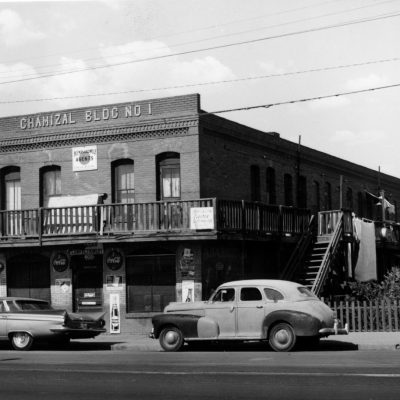
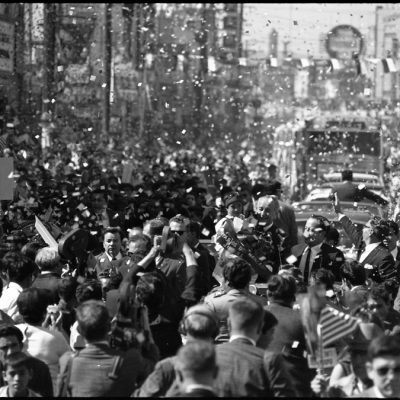
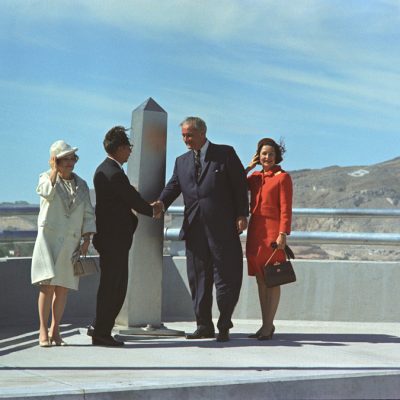



Comments (7)
Share
I was listening at work when I heard, ” a number of architecture firms submitted designs for boarder walls and other architects submitted blank sheets of paper to waste judges’ time, but ultimately customs and border protection didn’t choose any architects at all. These prototypes, like the vast, vast majority of the built environment, bridges, tunnels, towers, houses, airports, luxury apartments and prisons were mostly made by general contractors.”
I actually started crying while working on the aesthetic lighting design for a public bridge project.
Equating the level of aesthetics requirements in the border wall prototype RFP with the requirements for a vast majority of bridges, tunnels and other public projects is disheartening and I think inaccurate. More and more public projects are writing visual quality manuals and requiring aesthetic design team members be part of the GC’s design build team. The aesthetics team on these projects will never have the dictatorial power of a brand name architect on a private project, but we are here, fighting the good fight for public project aesthetic design. Though thankfully, not for that RFP.
Is there any site where I can listen or download the full “Chamizal Blues” song? I can’t find it anywhere on the internet.
+1
I also searched around a bit (Spotify and YouTube) and couldn’t find it–would love to be able to listen to it!
I’m searching a lot!! But there is no clue about it on the internet, unfortunately.
Minor typos: “cement” should be “concrete”, and “founded” should be “rounded”. Thanks for a great podcast and web site!
I am *really* interested in those ladder designs by the UC Berkeley professor. How much do they cost to build?
Isn’t the cheapest solution average height fences with razor wire?